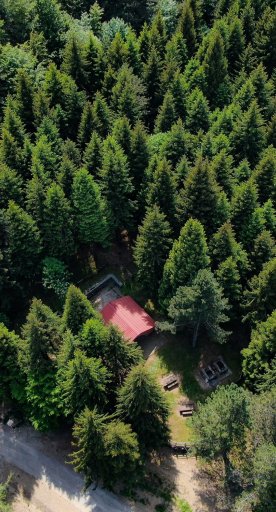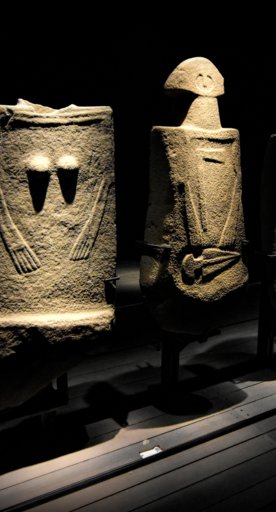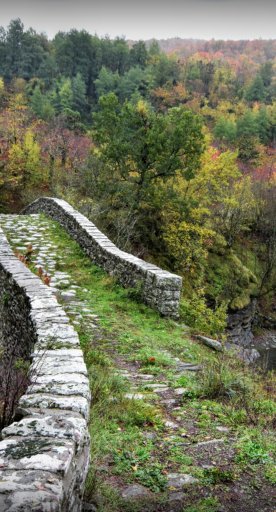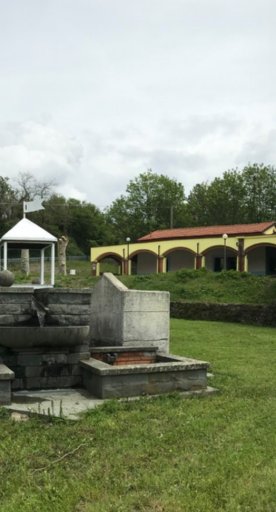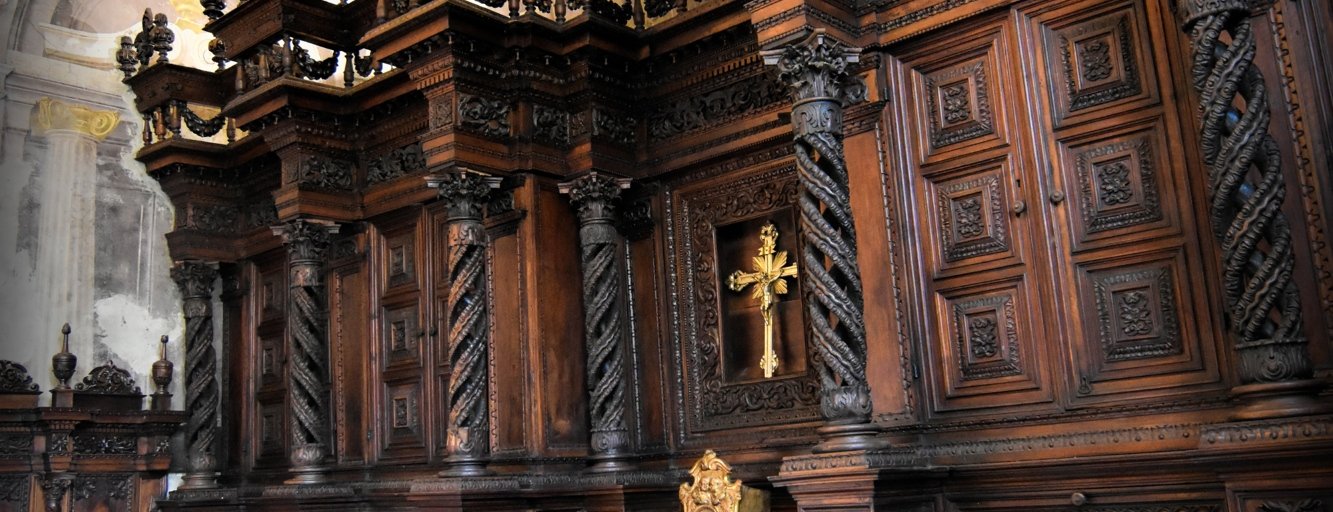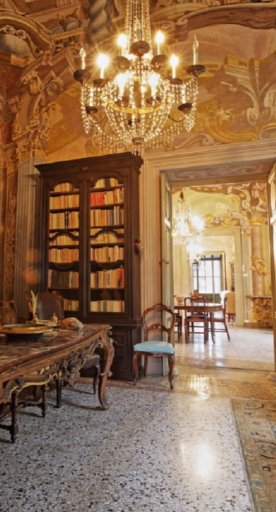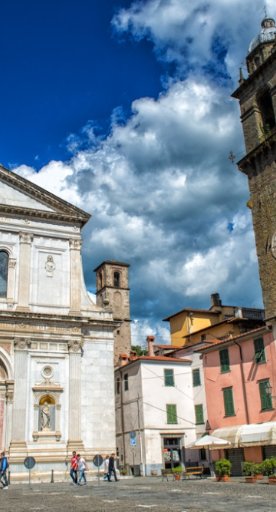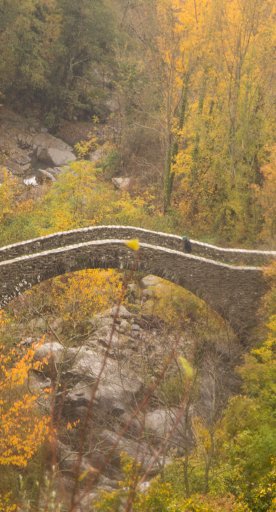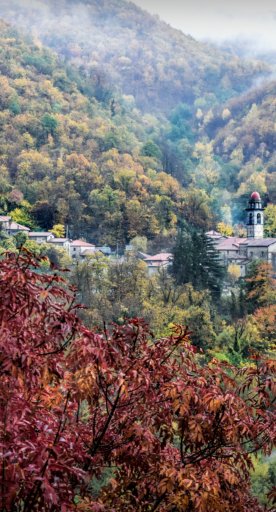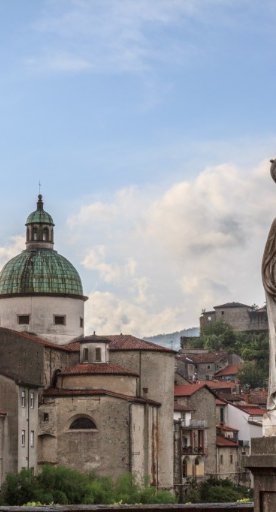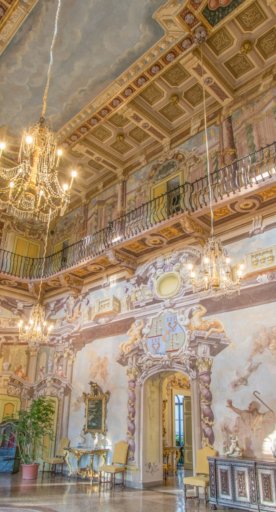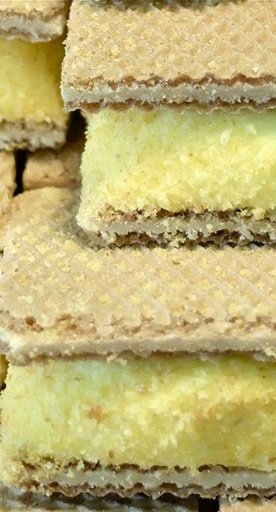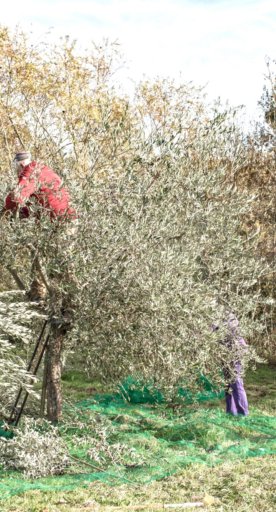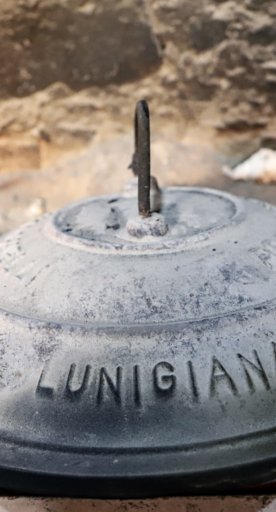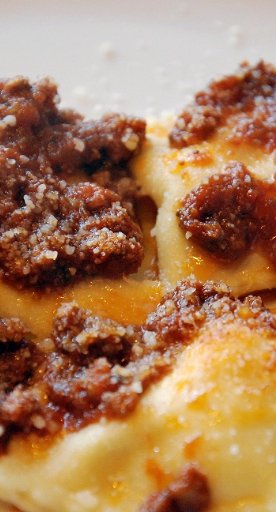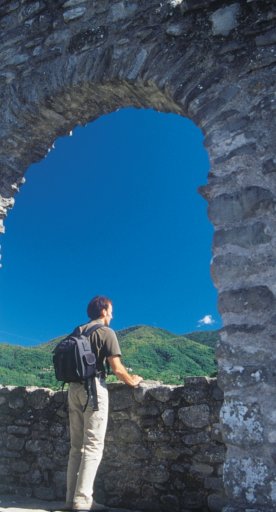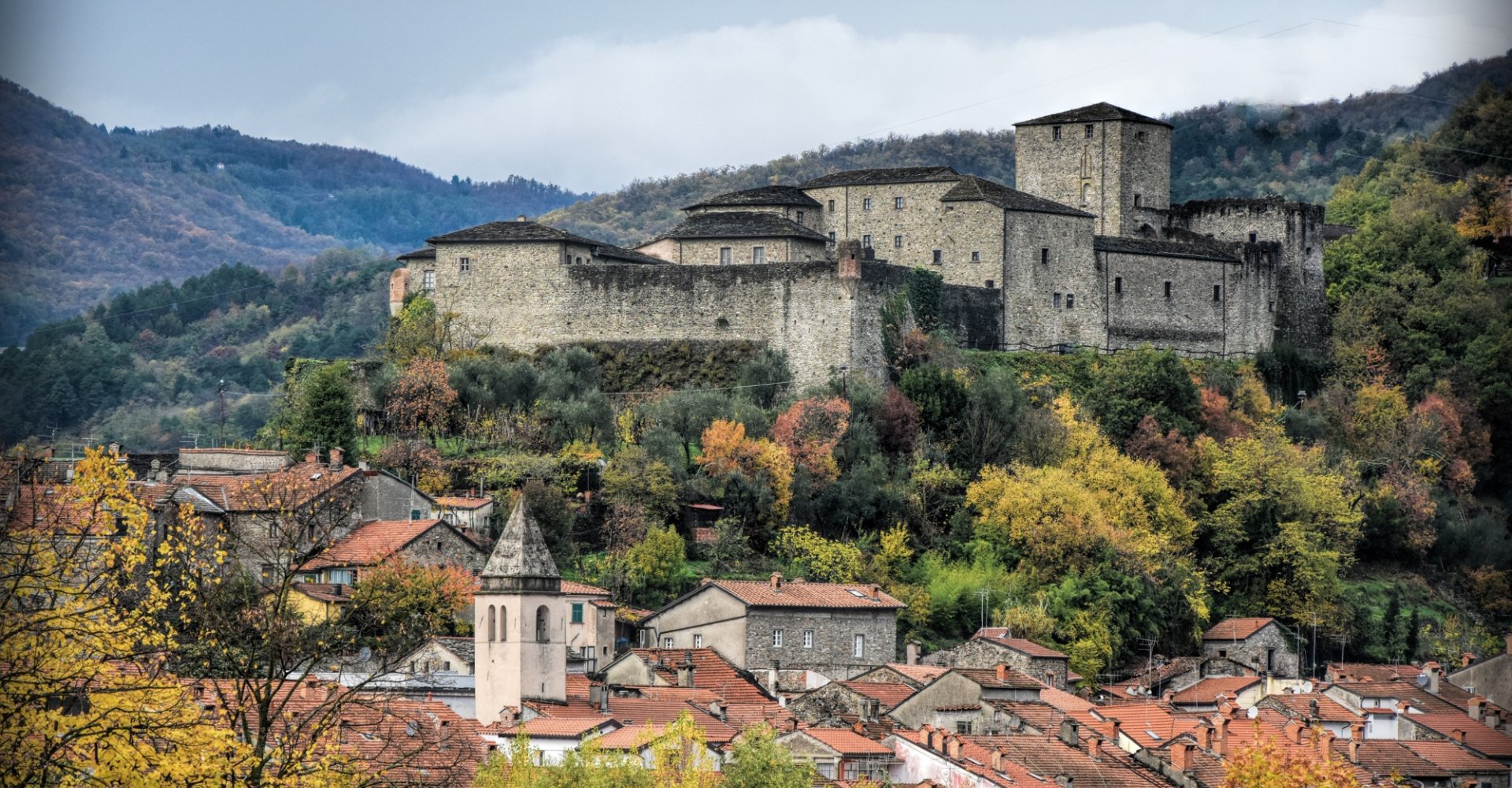
Pontremoli
The mythical Apua immersed among art, nature and Lunigiana’s traditional cuisine.
Pontremoli is the northernmost town in all of Tuscany and one of the most distinctive Lunigiana centres. Built on a plain surrounded by hills and mountains, the town is a tiny treasure trove of artistic and monumental heritage. Simply by crossing its medieval bridges and walking along its streets, you’ll find yourself travelling back in time to a mythical era. It’s actually widely believed by historians that Pontremoli is recognized as the mythical Apua, the ancient capital of the Ligurian-Apuan civilization.
What to see in Pontremoli
It’s no coincidence that the Piagnaro Castle is home to the Museum of the Lunigiana Stele Statues, which holds the incredibly beautiful series of anthropomorphic sculptures that represent the most important evidence of Lunigiana’s history.
These works - mysterious, fascinating and immediately eye-catching thanks to the backdrop of the ancient walls of the Castle’s ancient walls – range from the Copper Age to the Romanization era. What exactly these fascinating relics mean is still being discussed, although the most common theory suggests that they represent male and female pagan gods, guardians of various aspects of human life.
The Cathedral is one of the main attractions in Pontremoli’s centre; designed in the 17th century by Alessandro Capra of Cremona, it has a Latin-Cross design crowned by a large dome. The interior is illuminated by a spectacular "Ligurian" lighting system and embellished with numerous polychrome marble altars.
Whilst strolling through the town, you’ll find your gaze drawn to the Campanone, the central tower of the Cazzaguerra fortress’ curtain wall, built in the 14th century and today the city’s main symbol. The curtain wall that once divided the large historic central square was built by Castruccio Castracani degli Antelminelli in order to keep separate the Guelphs and Ghibelline factions, thus leaving them confined to different parts of the city. In 1578 the tower was transformed into a bell tower.
The eighteenth-century Accademy of the Rose Theatre is another notable monument which was able to be built thanks to twenty-five noble Pontremolese families and is a typical example of Rococo theater, being the oldest in the Apuan area. Church and Convent of San Francesco is also worth a visit, and is today the parish of Santi Giovanni and Colombano. The basilica’s interior features stuccoes made in the 18th century by the Ticinese workshop of the Portugalli school and holds interesting works of art, including a bas-relief by Agostino di Duccio depicting the Madonna and Child, a wooden choir by Luchino da Parma, and the Ecstasy of San Francesco by Gianbettino Cignaroli.
Passing through the center, you’ll come across the Church of San Pietro, one of the oldest in Pontremoli and a reference point for pilgrims traveling along the Via Francigena. This is actually where Leg 23 passes from Pontremoli to Aulla.
It’s no coincidence that the Piagnaro Castle is home to the Museum of the Lunigiana Stele Statues, which holds the incredibly beautiful series of anthropomorphic sculptures that represent the most important evidence of Lunigiana’s history.
These works - mysterious, fascinating and immediately eye-catching thanks to the backdrop of the ancient walls of the Castle’s ancient walls – range from the Copper Age to the Romanization era. What exactly these fascinating relics mean is still being discussed, although the most common theory suggests that they represent male and female pagan gods, guardians of various aspects of human life.
The Cathedral is one of the main attractions in Pontremoli’s centre; designed in the 17th century by Alessandro Capra of Cremona, it has a Latin-Cross design crowned by a large dome. The interior is illuminated by a spectacular "Ligurian" lighting system and embellished with numerous polychrome marble altars.
Whilst strolling through the town, you’ll find your gaze drawn to the Campanone, the central tower of the Cazzaguerra fortress’ curtain wall, built in the 14th century and today the city’s main symbol. The curtain wall that once divided the large historic central square was built by Castruccio Castracani degli Antelminelli in order to keep separate the Guelphs and Ghibelline factions, thus leaving them confined to different parts of the city. In 1578 the tower was transformed into a bell tower.
The eighteenth-century Accademy of the Rose Theatre is another notable monument which was able to be built thanks to twenty-five noble Pontremolese families and is a typical example of Rococo theater, being the oldest in the Apuan area. Church and Convent of San Francesco is also worth a visit, and is today the parish of Santi Giovanni and Colombano. The basilica’s interior features stuccoes made in the 18th century by the Ticinese workshop of the Portugalli school and holds interesting works of art, including a bas-relief by Agostino di Duccio depicting the Madonna and Child, a wooden choir by Luchino da Parma, and the Ecstasy of San Francesco by Gianbettino Cignaroli.
Passing through the center, you’ll come across the Church of San Pietro, one of the oldest in Pontremoli and a reference point for pilgrims traveling along the Via Francigena. This is actually where Leg 23 passes from Pontremoli to Aulla.
Nearby
Just outside the town is the unmissable Church of Santissima Annunziata, inside which is a beautiful polychrome marble temple by Sansovino.
Pontremoli is also an ideal starting point for nature lovers who want to explore Lunigiana’s green valleys.
Among the many nature trails there’s one that is particularly beautiful; it winds along the river Magra and its tributaries, offering incredible views of the remarkable landscapes and immersed in completely untouched nature.
Just outside Groppodalosio (a hamlet of Pontremoli), located more or less halfway along the Via Francigena is a distinctive Romanesque bridge built in 1574.
Lunigiana is not only full of villages and castles, but also hides unspoiled and little-known natural places such as the Giaredo straits (a series of canyons) where you’ll be able to see the magic of the stone that’s been carved out by the swirling waters of the Gordana torrent.
Just outside the town is the unmissable Church of Santissima Annunziata, inside which is a beautiful polychrome marble temple by Sansovino.
Pontremoli is also an ideal starting point for nature lovers who want to explore Lunigiana’s green valleys.
Among the many nature trails there’s one that is particularly beautiful; it winds along the river Magra and its tributaries, offering incredible views of the remarkable landscapes and immersed in completely untouched nature.
Just outside Groppodalosio (a hamlet of Pontremoli), located more or less halfway along the Via Francigena is a distinctive Romanesque bridge built in 1574.
Lunigiana is not only full of villages and castles, but also hides unspoiled and little-known natural places such as the Giaredo straits (a series of canyons) where you’ll be able to see the magic of the stone that’s been carved out by the swirling waters of the Gordana torrent.
Events
Every January the Disfida dei Falò (Bonfire Challenge), a historic medieval rivalry, is celebrated. Two huge events closely linked to it also take place, the first being the Bonfire of San Nicolò and the second the Bonfire of San Geminiano. The celebrations of the "God of Fire" are celebrated at the beginning of the year to call upon his help during the cold winter months. The highest fire wins the challenge and the winning parish will therefore have a particularly fertile harvest year.
Every January the Disfida dei Falò (Bonfire Challenge), a historic medieval rivalry, is celebrated. Two huge events closely linked to it also take place, the first being the Bonfire of San Nicolò and the second the Bonfire of San Geminiano. The celebrations of the "God of Fire" are celebrated at the beginning of the year to call upon his help during the cold winter months. The highest fire wins the challenge and the winning parish will therefore have a particularly fertile harvest year.
Typical products
Any trip to Lunigiana is not complete without spending time experiencing the rich and diverse flavours of this historic borderland’s typical cuisine. Pontremoli is famous for its testaroli, prepared on hot cast iron, as well as its iconic sweets, such as the delicious amor and spongata (a traditional Christmas cake prepared with nuts, hazelnuts, honey, almonds, pine nuts, chocolate and candied fruit). The vegetable pie, which are a typical dish of the whole Lunigiana, as well as the region’s honey - nationally recognized with the DOP mark – are unmissable. The region is also known for its excellent Fungo di Borgotaro IGP.
The traditional products do not end here, however; in order to fully immerse yourself in Pontremoli’s flavours, take a look at the 5 things you absolutely cannot miss in this area.
Any trip to Lunigiana is not complete without spending time experiencing the rich and diverse flavours of this historic borderland’s typical cuisine. Pontremoli is famous for its testaroli, prepared on hot cast iron, as well as its iconic sweets, such as the delicious amor and spongata (a traditional Christmas cake prepared with nuts, hazelnuts, honey, almonds, pine nuts, chocolate and candied fruit). The vegetable pie, which are a typical dish of the whole Lunigiana, as well as the region’s honey - nationally recognized with the DOP mark – are unmissable. The region is also known for its excellent Fungo di Borgotaro IGP.
The traditional products do not end here, however; in order to fully immerse yourself in Pontremoli’s flavours, take a look at the 5 things you absolutely cannot miss in this area.

